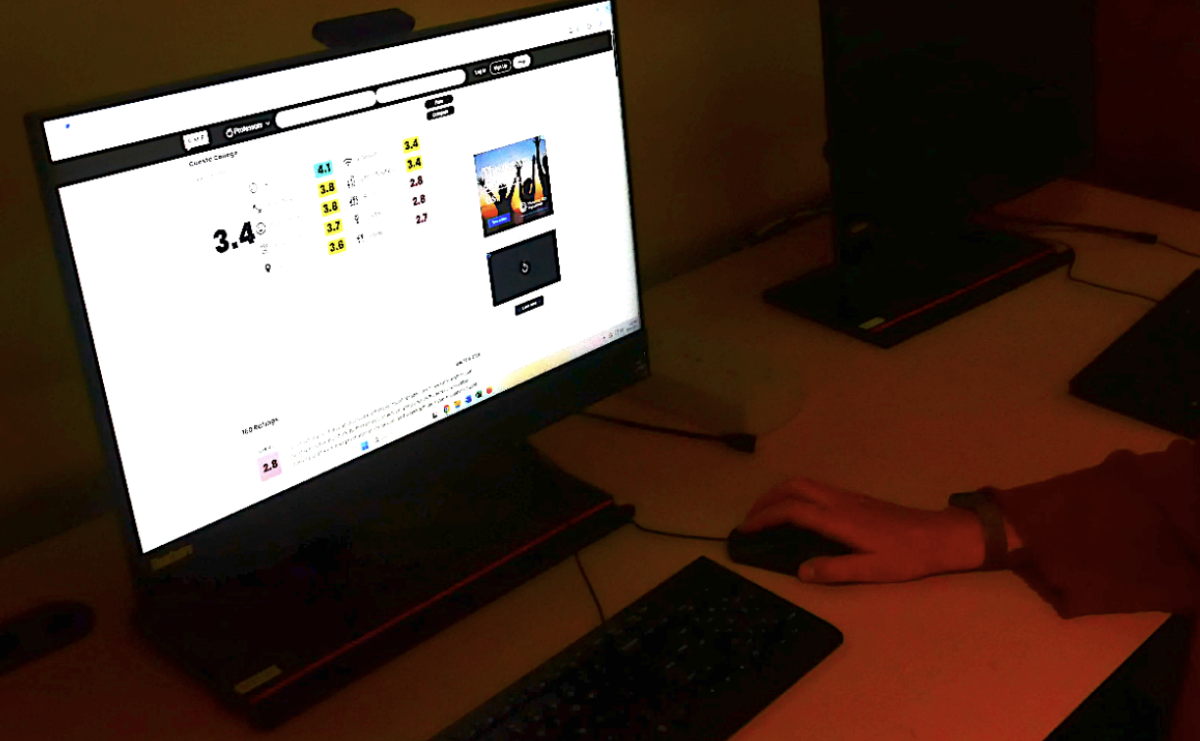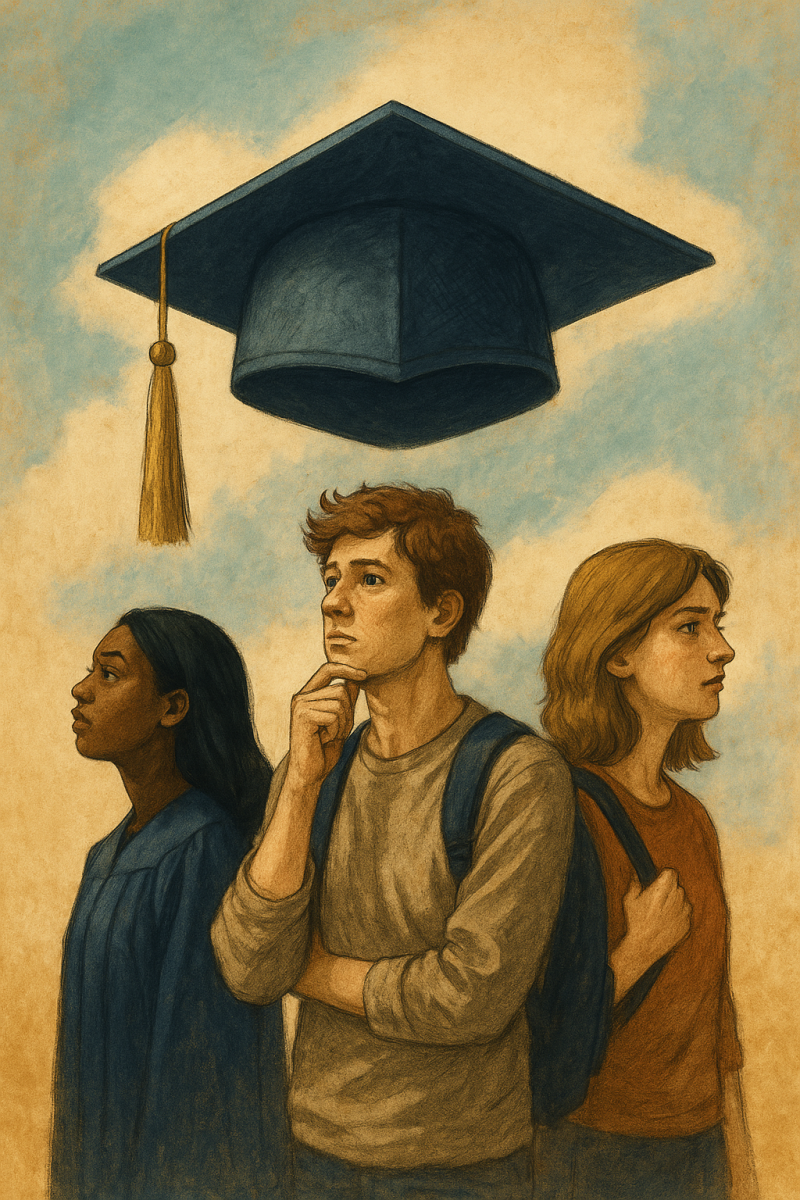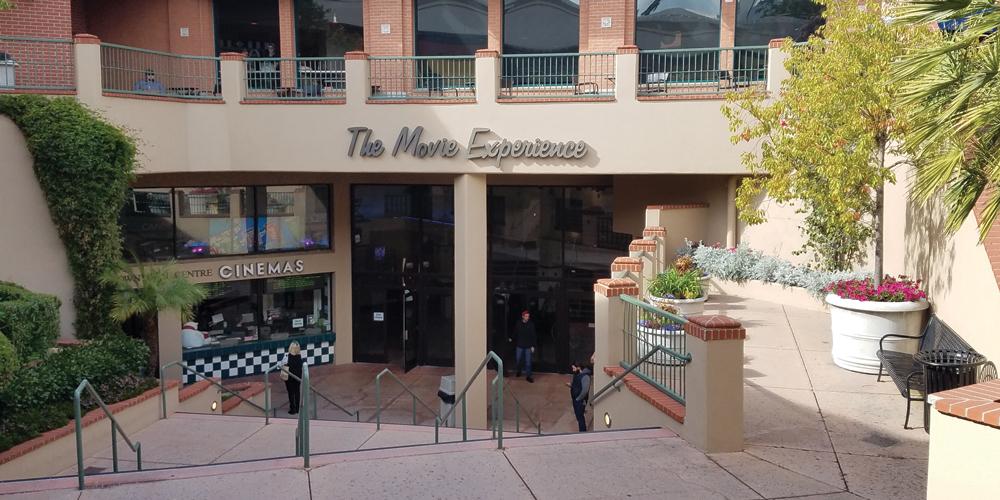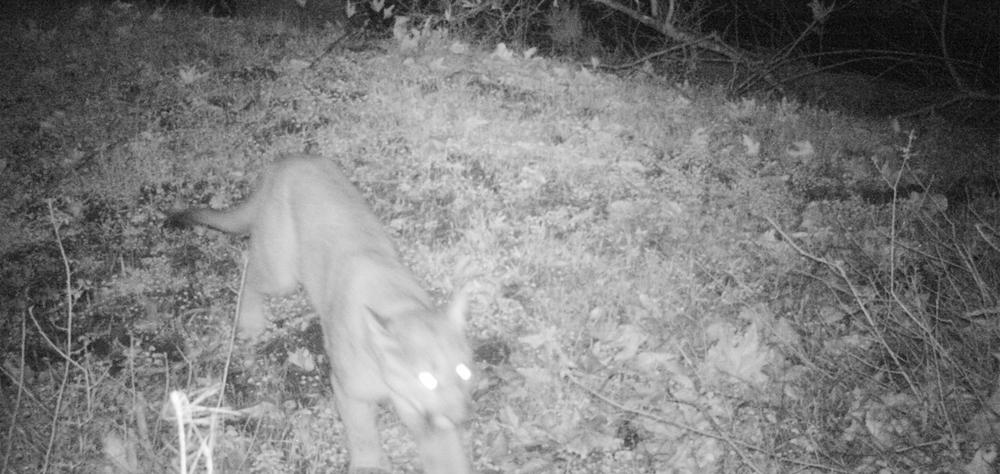Cuesta College EMS head Heather Tucker explains how she started her career in medicine and what it’s like being an EMT.
Photo courtesy of Ritchie Bermudez / Cuesta College Marketing and Communications Department
By Sameer Wahba
Assistant Photo Editor
There were multiple reports of a woman yelling for help.
“You could hear it standing from the sidewalk — the cry for help,†said Heather Tucker, head of Cuesta’s Emergency Medical Services.
It was her very first call as an Emergency Medical Technician. She was all geared up and ready for a suspected stroke. Tucker recalled how the firefighters were walking all around the house searching for the cries for help.
Just then a woman walked nonchalantly out in a bathrobe holding a coffee mug and casually asked why the they were walking around her house.
After explaining the multiple reports of various cries for help, the woman laughed hysterically and enlightened the crews on scene; She owns a bloodhound that sounds like he is calling for help when he waits by the door.
Since then, Tucker has been on thousands of calls during her career as an EMT. She was trained as a combat medic in 1994 and has taught EMT classes and developed a premium program at Cuesta since 2010. She’s taken her experiences from the field into the classroom to educate her students from work experience.
“I actually graduated from Cuesta first, then transferred to a four year,†Tucker said.
She graduated in 1996 from American Military University as a combat medic.
In 1990, when Tucker was a student at Paso Robles High School, like most students her age, she did not have a solid direction for her career. Her friend suggested taking an EMT course at Cuesta College, while she figures out what to do with her life.
She enjoyed the EMT class at Cuesta so much that she pursued a career in emergency medicine.
Shortly after graduation in 1994, Tucker continued her journey as an EMT for the United States Army.
She started in boot camp and later became a certified combat medic. Once promoted to sergeant, she taught EMT courses.
While still teaching in the Army in 2008, Tucker started working as a paramedic for SLO Ambulance, where typically, most calls are not high pressure because San Luis Obispo is a smaller city.
Tucker began teaching at Cuesta’s North County Campus in 2010, and took over as the lead instructor for both campuses by 2014.
In the field, calls mainly consist of transporting geriatric patients or victims of car accidents. First responders are always prepared and ready to take on situation though.
“The worst days are the ones where you can’t save someone,†she paused. “Those days are hard.â€
“A bad call or death definitely can be a mood shifter on the bus,†Tucker said. “We typically spend a few moments talking after the call with our partner and peers and then get back in service, back in the saddle, I guess you would say.â€
“Sometimes we use humor to lighten our mood,†Tucker said. “There are those that have us going back to the station and calling our family and I have asked for my kids to be brought to me so I can hug them. Those calls are what I call ‘chinks in our armor†and they never leave you completely. The sting fades but you never forget.’â€
Although some days can be traumatic, there are always rewarding days as well.
“The best thing, hands down, is when you have a child birth in the field,†Tucker said. “Those are always so great, just to be able to be there for any life entering the world.â€
Tucker reminisced about a call that she was responding to for an emergency childbirth. It was a complicated situation, so immediate transportation was the top priority.
The very sick mother and child were transported to a local hospital and Tucker was released from the scene. Tucker was not sure the mother or the baby were going to live.
Tucker was eating at a local restaurant weeks after the call and was approached by a woman.
“She (the woman) said ‘I heard you order and I will never forget your voice, I just wanted to let you know that both my baby and I did well.â€
Tucker was so relieved and happy for the mother and the happy ending that she was able to witness.
“Anytime that your patient tells you that you made them feel comfortable when the were really hurting or really sick, that’s always something that doesn’t matter what kind of call it is even if it’s just a transfer that makes you feel really good about what you’re doing.†Tucker said.
Tucker is well respected as a teacher as much as a medical professional.
“You can tell that Heather loves what she does,†said Ted Martin, an EMT with SLO Ambulance. “She comes into class with a good attitude and teaches in a way that makes class exciting and fun.â€
“She is dedicated to her job and her students,†he said. “She is required to teach, plan, coordinate between other instructors and agencies for ride alongs. You can tell that she wants her students to be the best they can be so that they have a strong foundation when they enter they enter the field of healthcare†said Ted Martin, SLO Ambulance
When Tucker is not working, she is spending time with her two kids, hiking and enjoying the outdoors.
Tucker’s advice to students going into medicine is to make sure it’s the right time in your life to do it, commit the time and take the EMT course if you are interested.
“It’s really important for anybody entering the field to be seriously considering increasing their education, not just stopping with their certification. Back it up with a degree that is an associate, a bachelor’s, or a master’s,†said Tucker.



















